The Glenfarclas Family History
let’s begin
One of the last remaining bastions of family distilling, Glenfarclas is proud of the brand's independent status and their long history of keeping it in the Glenfarclas family. Where it all started
Where it all started
Glenfarclas was first opened 1865, when John Grant bought the distillery and the Recherlich Farm that it was on. Since then it has been i the hands of the Glenfarclas Family.
The Grants were a well off family who also operated a farm near Glenlivet. Purchasing Recherlich meant he had a midway point between Glenlivet and Elgin, where the cattle market was.
John originally leased the distillery to John Smith, but it was soon apparent that Glenfarclaswas a very popular malt.
The Grants took control of the distillery again and it was handed down from fathers to sons (a mixture of Johns and Georges) over the next century.
Family Success
They were successful at running the distillery and during this time have overcome some real hardships.
At the turn of the century the family started a partnership with the Pattisons of Leith. Any Whisky historian will know that the Pattisons were very successful at marketing Whisky. But they were also conman who eventually caused one of the biggest financial crashes in the history of the Whisky industry.
The Grants were hit hard but managed to pull themselves out of the mess and over the next 15 years rebuilt their business.
Understandably, the family haven’t gone into any other business partnerships since, and the crash is a big reason for their independence today.
Where are they now?
We spoke to George Grant, who is the sixth generation of Grants to operate Glenfarclas, about why family is so important to the distillery.
George told us about their involvement in the processes of distilling, emphasising that they don’t work on the floor but oversees some key aspects, “Day to day little-to-no involvement in production, but my father still checks the spirit every week, buys all the malted barley and goes to Spain to oversee cask buying, so still significantly involved.”
George’s father, John (we told you there were a lot of Johns and Georges) still plays a massive part in the making of the malt. The barley and casks are two of the main ingredients that create the character of malt.
In fact, the family have been working close with the same cask suppliers for years;
“We’ve been working with the same bodegas since 1988 (30 years or more), that are also family owned, and this long time working with one person means reliability.”
“Sherry casks are very, very expensive compared to American oak casks. We’ve tried Bourbon casks, but they don’t marry well with the big fruity Glenfarclas spirit, and tend to produce a whisky that is too oily. Back in the day, we also tried different sherries, but learned that Oloroso gave the best balance.”
It’s clear from this that Glenfarclass pride their independence and want to work with trusted suppliers who hold the same ideals.
This outlook has worked out well so far, considering how well known they are and how they effectively face off against other brands with bigger backing.
The casks are an important part of making the malt, and even help to set price; “Some casks are much rarer. Some products have more sherry in them, or use more fertile sherry casks. All affects the cost.”
THE FAMILY BRAND
It’s not just production that the family get involved in. they have been instrumental in the design of the brand as well;
“It was actually my Great-grandfather that designed the Glenfarclas script – it was his signature of how he wrote Glenfarclas. The only change was an adjustment to the “r” 15 years ago, as the old style of handwriting at the time my great-grandfather wrote it made it look a little like a “u”….”
Keeping it in the family has also helped Glenfarclas to control their prices and offer a fairer deal to customers;
“For the standard range we look at other things on the market place as well. Especially for older age statement bottlings, for example 21 and 25 year olds, price really jumps up vs. younger ages. Yes, we do put prices up, but you’ll never see us do a 100% increase or more, like some others might. Never more than about 10% a year.”
“As others prices go up, our whisky becomes more affordable by comparison, so it sells more, and increased demand then makes our whiskies rarer. This means that that our own relatively small price increases are always justified by the market.”
Glenfarclas have a long history that they know in and out. They can tell you all about who they are and the struggles they’ve had getting to where they are today.
It’s rare to find an independent distillery that can so easily go toe to toe with the big boys, but Glenfarclas do it, they do it well and they do it as family.
Greg
You might be interested in
More from the blog
Follow greatdrams
latest articles
Latest whisky
exclusively from GreatDrams
-
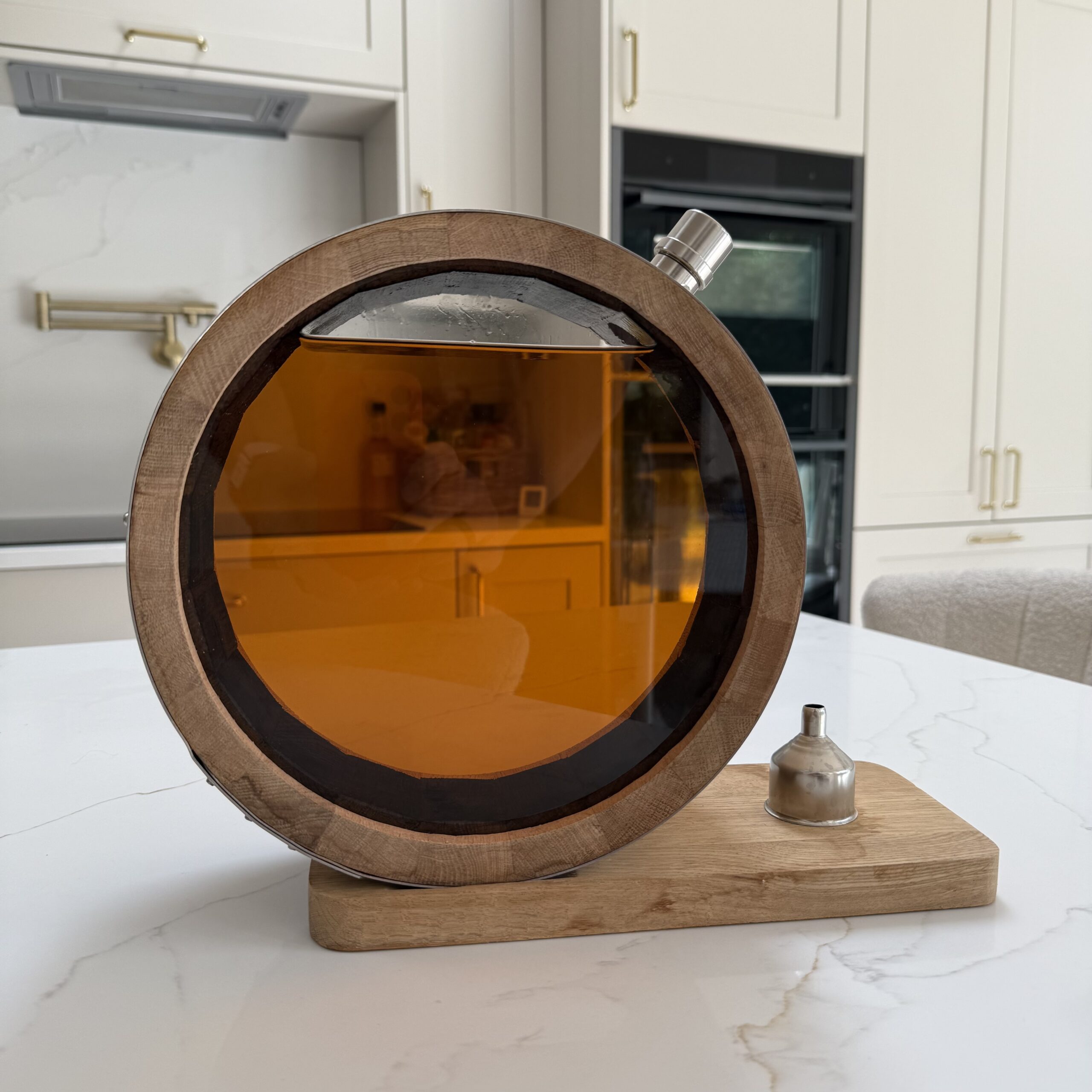
The GreatDrams Signature Barrel Decanter
£200.00 – £370.00



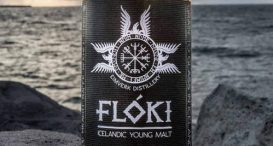

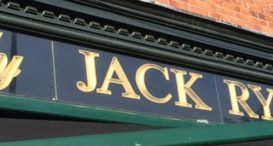
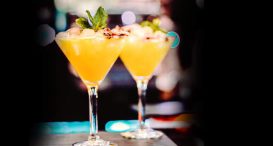
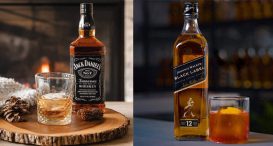
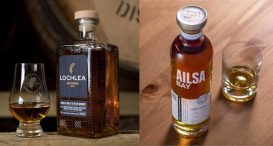
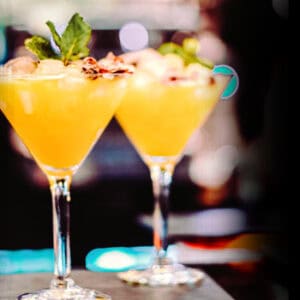
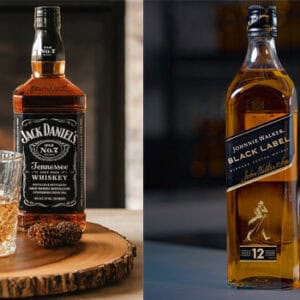



4 thoughts on “The Glenfarclas Family History”